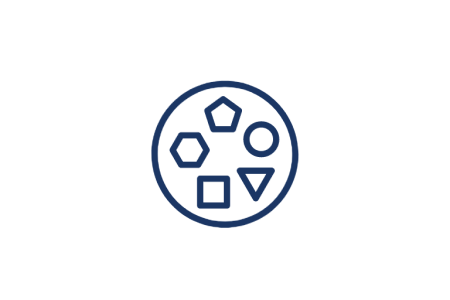
Cultural and linguistic diversity on the internet must be promoted, and technical and policy innovation should be encouraged to facilitate plurality of expression.
What does this look like in a democracy?
The internet is designed and maintained in a way that promotes inclusion of all peoples, such as women, persons with disabilities, and other marginalized populations. The content of the internet is created with a view towards promoting diversity and democratic participation. This includes linguistic diversity and adheres to accessibility standards, so that all individuals may communicate, share information, or create content online in the language of their choice.
warning signs of an undemocratic internet:
- Official websites do not adhere to best practices or legal requirements for accessibility standards, preventing persons with disabilities from interacting with or using a site.
- Governments publishing information online routinely exclude translations for non-primary language-speaking members of the population.
- Online space becomes closed to the participation of women and marginalized peoples.
selected sources from international frameworks:
- Report of the Special Rapporteur on the promotion and protection of the right to freedom of opinion and expression, A/HRC/17/27, paragraph 87: “Where the infrastructure for internet access is present, the Special Rapporteur encourages States to support initiatives to ensure that online information can be accessed in a meaningful way by all sectors of the population, including persons with disabilities and persons belonging to linguistic minorities.”
- Standards for a Free, Open and Inclusive Internet, Office of the Special Rapporteur for Freedom of Expression of the Inter-American Commission on Human Rights, 2017 (paragraph 48): “States should take measures designed to reduce linguistic obstacles in order to make literacy viable and ensure access for all people under equal conditions. They should also “promote original local and indigenous content on the internet.”